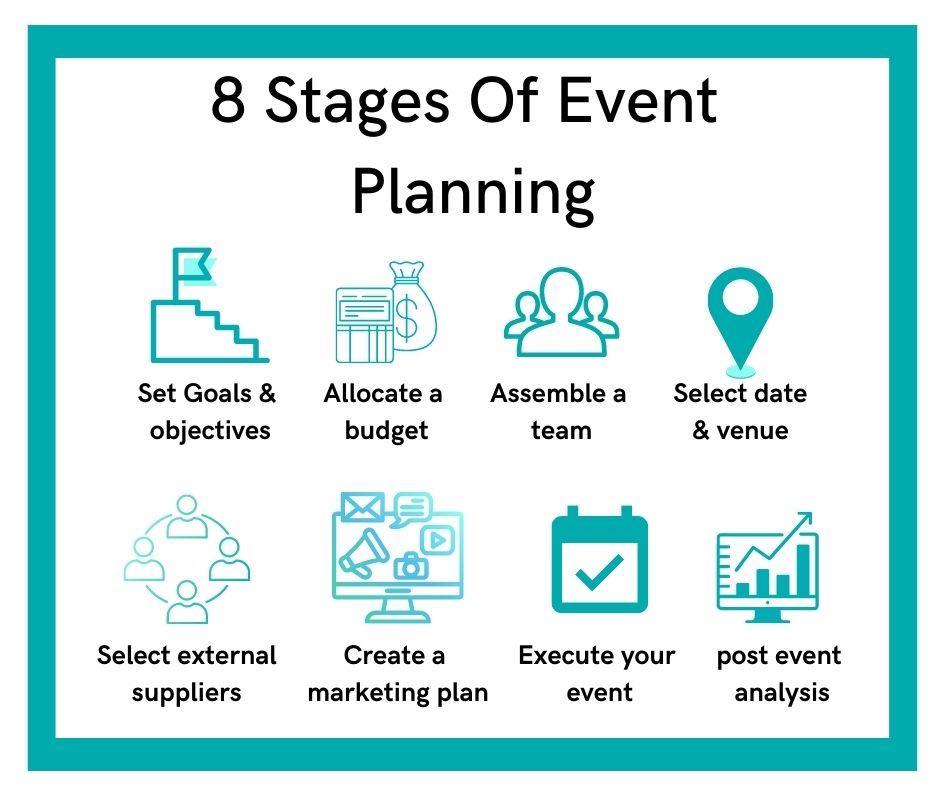Selecting the Ideal Pixel Pitch for Maximum Light Emitting Diode Wall Performance
Selecting the Ideal Pixel Pitch for Maximum Light Emitting Diode Wall Performance
Blog Article

When it comes to light-emitting diode walls, a key important factors to consider is pixel pitch. Dot pitch is defined as the distance between the centers of two adjacent pixels on an light-emitting diode display. This metric is usually expressed in millimeters. Understanding pixel pitch is essential because it explicitly affects the resolution and sharpness of the visuals displayed. A reduced pixel pitch means that the pixels are closer together, leading to a higher resolution, while a bigger pixel pitch yields in a lower resolution. Therefore, selecting the appropriate pixel pitch is vital for achieving peak LED wall performance.
The choice of pixel pitch often is influenced by the sight distance. For example, if the LED wall is meant to be seen from a further away, a larger pixel pitch may be appropriate. This is due to the fact that the human eye cannot easily discern individual pixels when they are more distant away. On the contrary hand, if the wall will be observed up close, a smaller pixel pitch is needed. In scenarios such as indoor events, where attendees are usually closer to the screen, a smaller pixel pitch will offer a sharper and clearer image. Hence, understanding how sight distance affects pixel pitch is critical to making an informed decision.
Another important factor is the intended use of the light-emitting diode wall. Various applications, such as advertising, concerts, or conference meetings, may require varied useful content pixel pitches. For instance, an light-emitting diode wall used for advertising in a shopping mall may gain from a pixel pitch that allows for lively colors and high detail so that it grabs the attention of passing shoppers. Conversely, an external LED wall used at a concert may prioritize brightness and visibility rather than resolution, allowing for a bigger pixel pitch. Thus, the specific context in which an light-emitting diode wall will be used is crucial for determining the appropriate pixel pitch.
Pricing is also a major factor when choosing pixel pitch. Generally, LED displays with smaller pixel pitches often to be more expensive due to the increased density of pixels and the advanced technology required for production. While it may be tempting to choose a high-resolution display with a small pixel pitch, budget constraints frequently necessitate a balance between quality and price. Businesses should evaluate their needs and decide how much they are prepared to invest in an light-emitting diode wall, ensuring that the pixel pitch aligns with their financial capabilities while still satisfying performance expectations.
Ultimately, it is crucial to consider the maintenance and durability of the light-emitting diode wall when selecting pixel pitch. Displays with smaller pixel pitches can sometimes be more fragile and may need more meticulous handling and maintenance. Regular upkeep is required to ensure that the display functions effectively over time. Understanding the maintenance needs and potential issues associated with different pixel pitches can assist organizations make a more knowledgeable decision. By taking into account all these elements, including viewing distance, planned use, cost, and maintenance, one can choose the ideal pixel pitch for peak LED wall functionality.